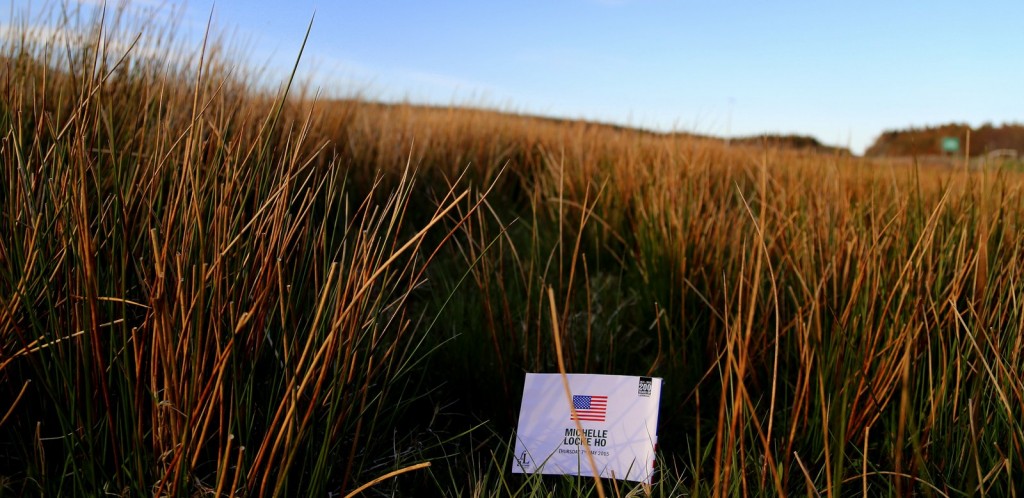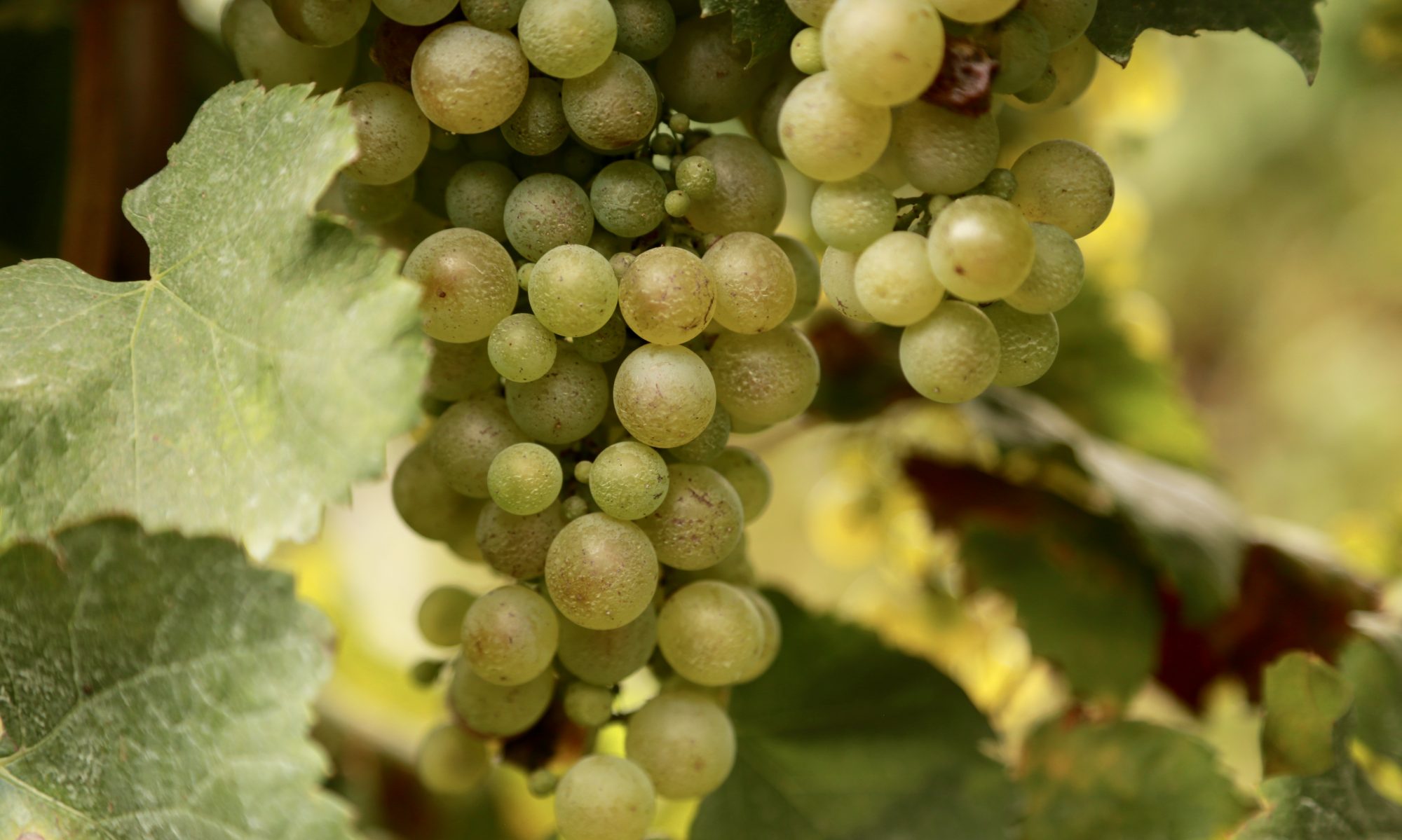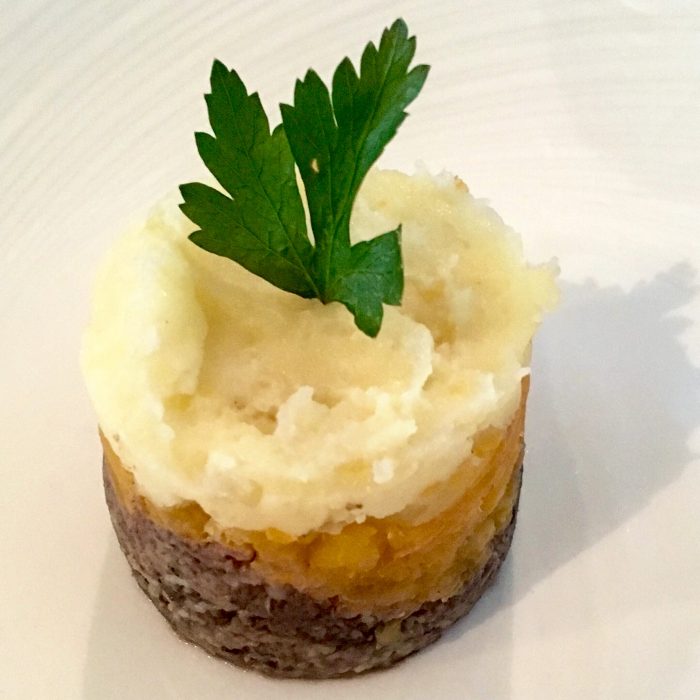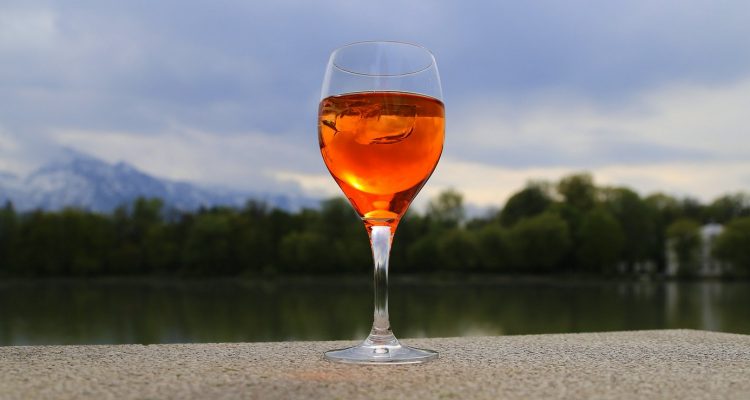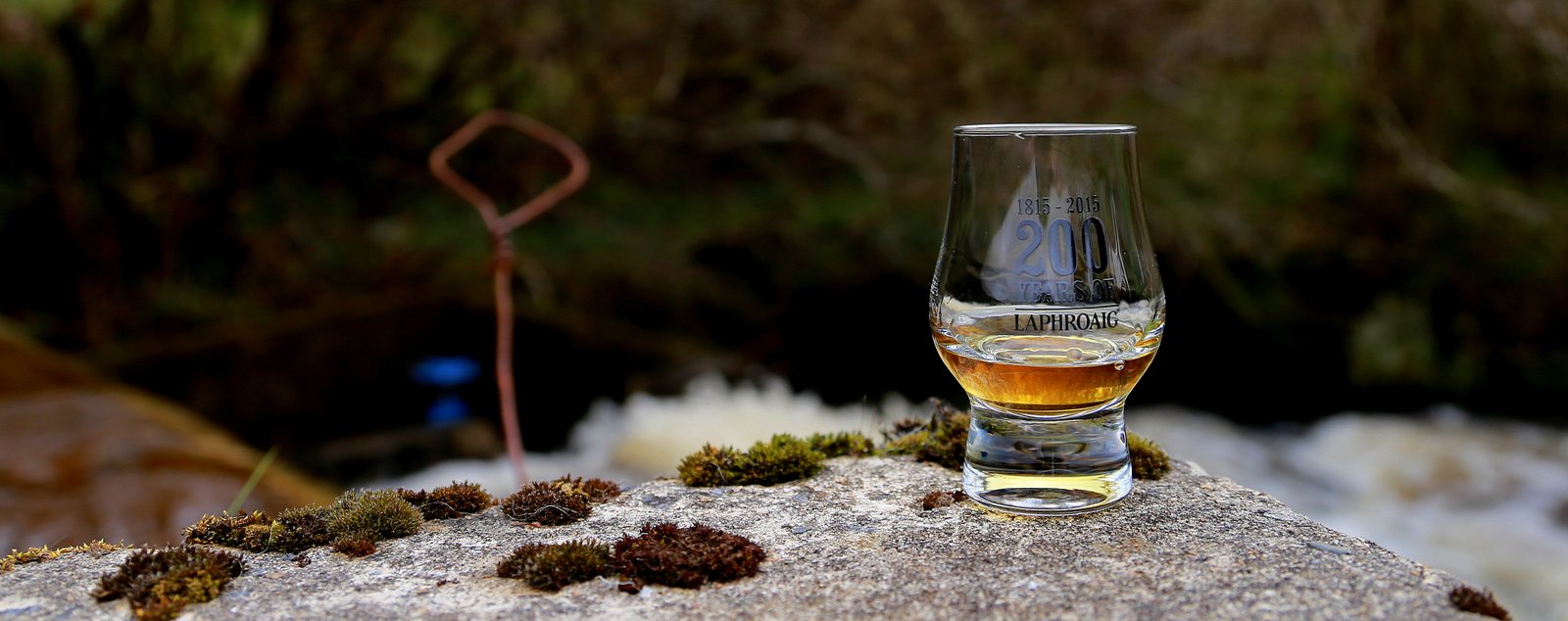Where does Kirkland vodka come from? Is it Grey Goose slumming under another name? Ketel One? Enquiring minds want to know, including mine. Read on to glean the fruits of a morning spent noodling away on the Internet when I should have been doing unspeakable things to bathroom fixtures.
Nick Offerman, distiller
Do you like whisky? I like whisky.
You know who else likes whisky? Nick Offerman.
The mustachioed Ron Swanson of “Parks and Recreation” has taken to YouTube a time or two to demonstrated his affection for the water of life.
In his latest outing, Continue reading “Nick Offerman, distiller”
Scotch Hop
ABERLOUR, Scotland (AP) — Forget the three Rs. I went to Speyside, Scotland’s “single-malt capital of the world,” to brush up on the three Ws: whisky, wool and walking.
And it was while striding beside the River Spey on a misty afternoon, a warm sweater from a local mill wrapped around my shoulders, an even warmer dram of whisky awaiting me at my hotel ahead, I realized I’d reached peak Speyside status.
Educational mission accomplished. Or, to quote Scottish poet and noted whisky fan Robert Burns, “Gie me ae spark of Nature’s fire/That’s a’ the learning I desire.”
Dreaming of drams and doing a little whisky wandering of your own? Here are a few pointers to the Speyside region’s must-sees.
Click here to read more of this story, published by the Associated Press.
Hooked on Haggis
I was in Cognac one hot summer day, trying to make conversation with a producer who spoke about as much English as I do French, and the situation was getting sticky in every way when he suddenly asked me whether I had been to Scotland.
Yes, I had.
Well, then, he asked, how did I feel about haggis.
“I LOVE it,” I replied. “It’s the perfect pairing for whisky.”
“Madame,” he said. “It’s the only reason to drink whisky.”
I would not go quite that far but I do feel that haggis is a sadly misunderstood comestible.
The name doesn’t help – Is that a disease or a dish? – and no one can claim that the product in its natural state is a beauty.
And then there’s the offal truth of what goes into haggis, at least in the traditional recipe – sheep’s pluck, which is not about spunky sheep but rather refers to the heart, liver and lungs. Recipes vary, but often the meat is minced with onion, oatmeal and suet (animal fat) and is mixed with stock and spices and baked as a kind of sausage, or savory pudding. Back in the day, the casing was the sheep’s stomach, conveniently to hand, but modern haggis comes in artificial casings.
And it is delicious!
Click here to read this story, published on Palate Press.com.
Gin with a Scottish Accent
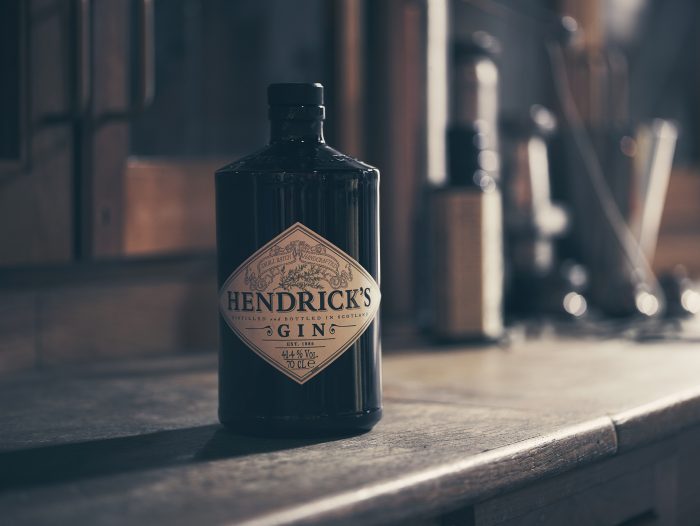 It’s a sunny Sunday morning in Edinburgh and I and some like-minded souls are gathered together in a dim basement, paying reverence to matters of the spirit. Which is to say, we’ve all got a G&T in hand having reached the sampling part of a tour of the Edinburgh Gin Distillery.
It’s a sunny Sunday morning in Edinburgh and I and some like-minded souls are gathered together in a dim basement, paying reverence to matters of the spirit. Which is to say, we’ve all got a G&T in hand having reached the sampling part of a tour of the Edinburgh Gin Distillery.
Expecting that sentence to end with something a little darker? Think again. Sure Scotland is the land of whisky, with 100+ distilleries to show for it. But it’s also a powerhouse in gin: 70 percent of British gin is made here.
Producers north of the border include heavy hitters like Tanqueray and Gordon’s, which has been made at Diageo’s Cameronbridge facility since 1998. And in 1999, William Grant & Sons introduced its Hendrick’s Gin, a milestone in gin with its new botanical elements.
Other Scottish gins of note: The Botanist, made by the Bruichladdich distillery on the island of Islay, Caorunn, made in Airdrie, Pickering’s, from Edinburgh, and GILT from Strathleven distillery and made with malt barley. And let’s not forget Shelton Reel Ocean Sent Gin, which includes native bladderwrack seaweed from the Shetland coastline. There’s even a mapped-out Gin Trail.
We went to Lesley Gracie, master distiller for Hendrick’s Gin for some industry insight.
Click here to read this story, published by Palate Press.
Puttin’ on the Spritz
What do you drink when you’re sitting on the Sound of Music lakeside terrace? An Aperol spritz, naturally. At least, that’s what I drank when I visited Salzburg recently, channeling Baroness Schraeder for all I was worth. (Sorry, Maria fans, I’m not really a tea-with-jam-and-bread kind of girl.)
Turns out Austria isn’t such a strange setting for the quintessential Italian cocktail. One version of the spritz’ genesis is that it goes back to the days when northern Italy was part of the Austro-Hungarian Empire and to the Austrian practice of adding a spray (spritz) of water to the regional wines, which they found a little heavy on the palate.
Orange Genius
The Aperol side of the equation, of course, is all-Italian, part of the national tradition of bitter liqueurs. Brothers Luigi and Silvio Barbieri created Aperol in 1919, launching it at the Padua International Fair. Silvio came up with the name Aperol, inspired by the French shorthand for aperitif, apéro, which he’d discovered when visiting France.
The drink was always a bright orange …
Click here to read the rest of the story, published by Palate Press
Top Shelf Tequila
 Tequila used to be known as the drink of cheap thrills and bad choices.
Tequila used to be known as the drink of cheap thrills and bad choices.
Pour yourself a tot of something like Gran Patrón Burdeos – aged in French and American oak, finished off in ex-Bordeaux wine barrels and sold in a custom-engraved crystal bottle for around $500 – and you realize the traditional spirit of Mexico has come a long way from spring break shooters.
“Consumers have become a lot more educated on exactly what tequila is, and what a good tequila is,” says Jasmine Breedlove, Bar Manager of ThinkFoodGroup’s Oyamel Cocina Mexicana in Washington, D.C., and a certified Master Mezcalier. “It’s been really fun having been an agave lover for so long to see how much people have grown to love tequila.”
Click here to read more of this story, published by Palate Press.
Locke’s Whiskey
 Happiness is finding an Irish whiskey distillery with your name on it.
Happiness is finding an Irish whiskey distillery with your name on it.
Yes, friends, there is a Locke’s Distillery and I have been there.
These days the distillery is known as Kilbeggan, the name of the small town in County Meath where it is located, and there have been a few changes of ownership; it’s now part of the Beam/Suntory portfolio. But the original name is still up on the chimney and when you ask the hotel to get you a taxi they tell the driver to take you to Locke’s, so I am totally claiming it.
We’re probably not related by blood (the Lockes in my family are Welsh/English).
But we certainly are kindred spirits.
I visited Kilbeggan in September as part of a 10-day visit to Ireland. Because I am a big chicken (and unadventurous driver) I did not drive but took the train from Dublin to Tullamore for about 20 euros. I stayed in the Tullamore Court Hotel, which is large and modern so not so much with the olde country charm but it does have the virtues of being close to the train station (and walking distance from the Tullamore D.E.W. distillery), comfortable, clean and reasonable. I paid around $70 for a large double and taxied over to Kilbeggan, which cost 15-20 euros.
I did not get to go in this car, which would have been cool. 
But I was driven in a very fine Mercedes Continue reading “Locke’s Whiskey”
A visit to Laphroaig
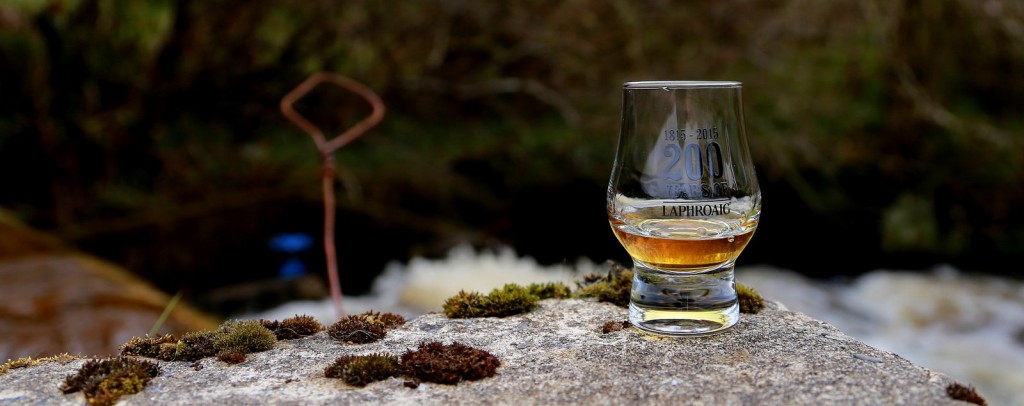 As you know, Dear Reader, I’m not much for bucket lists. But if I had such a thing, visiting Islay, home to more than a half-dozen active distilleries and cradle of smoky, briny, in-your-face, peated scotches, would be on it.
As you know, Dear Reader, I’m not much for bucket lists. But if I had such a thing, visiting Islay, home to more than a half-dozen active distilleries and cradle of smoky, briny, in-your-face, peated scotches, would be on it.
I first heard of Islay (EYE-la) in 2002, while writing about wave energy projects of all things, and have been captivated by its remote, romantic setting in the Inner Hebrides ever since.
So, I was chuffed, tickled pink and generally delighted when I recently got the chance to visit Islay as part of an international group of writers brought in for the 200th anniversary of Laphroaig.
As is my wont, I have commemorated my visit with this slick and highly professional slideshow. Which is to say, maybe one of these days I will graduate beyond Windows MovieMaker. But not today.
Laphroaig is the best-known of the peated scotch whiskies and has a loyal following. If you buy a bottle, you can follow instructions inside the packaging and register your own 1-foot-square plot of land on the property, which you can then visit and demand rent of a miniature bottle of whisky.
There’s a cool story behind the land (there’s a cool story behind a lot of stuff at Laphroaig). Back in the day, a rival was obsessed with duplicating Laphroaig’s taste, to the point that there was an attempt to divert the distillery’s water source, Kilbride Stream. Laphroaig secured the stream and bought up lots of land all around it to make sure it stayed that way, hence the room for plots. When you visit, you get a pair of loaned wellies, GPS coordinates and a little flag to stick on your land.
I’ve got a plot, naturally, which means that while I may look like a poor, broke freelancer on the outside, I’m actually a Scottish landowner. Chew on that.
Cheers.
